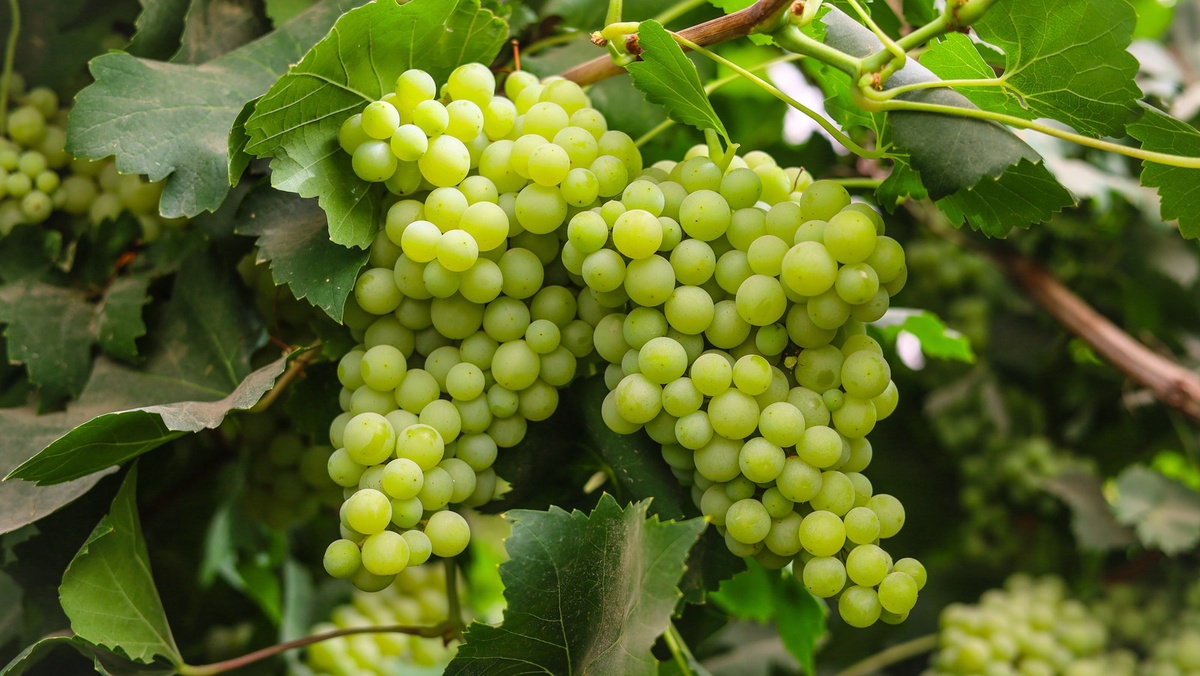In the intricate world of agriculture, where the health and productivity of crops intersect with the relentless challenges posed by pests, the role of insecticides is undeniable. These chemical formulations stand as powerful allies in the battle against insect pests that threaten yields, compromise food security, and impact the delicate balance of ecosystems. However, the quest to find the best insecticide is a journey that demands careful consideration, research, and a nuanced understanding of various factors that influence effectiveness, safety, and environmental impact.
Assessing Pest Pressure and Specificity
The first step in selecting the best insecticide is to assess the specific pest pressures in your area. Different pests target different crops and exhibit varying behaviors. Identifying the primary pests that threaten your crops will guide your choice of insecticide. Additionally, consider the specificity of the insecticide. Does it target a broad spectrum of insects or is it designed for specific pests? Opting for a more targeted insecticide can minimize the impact on beneficial insects and reduce the overall environmental footprint.
Mode of Action and Resistance Management
Understanding the mode of action of an insecticide is crucial. Insecticides disrupt insect physiology and behavior through various mechanisms. Some insecticides affect the nervous system, while others interfere with growth or metabolism. Rotating insecticides with different modes of action is essential to mitigate the risk of pests developing resistance. Pests that are consistently exposed to the same mode of action can evolve resistance, rendering the insecticide ineffective. By diversifying the modes of action, you enhance the longevity of the insecticide's effectiveness.
Effectiveness and Efficacy
Effectiveness is a fundamental criterion for selecting the right insecticide. Research the track record of the insecticide in controlling the target pests. Consider factors such as the speed at which the insecticide acts, its residual activity, and its ability to manage pest populations. Reading research studies, consulting with agricultural experts, and seeking advice from local agricultural extension services can provide valuable insights into the effectiveness of different insecticides.
Environmental Impact and Safety
Responsible pest management goes hand in hand with minimizing environmental impact. Evaluate the potential effects of the chosen insecticide on non-target organisms, aquatic systems, and soil health. Select insecticides with lower toxicity to non-target species and shorter persistence in the environment. Labels on insecticide products often provide information on environmental hazards and safety precautions. Adhering to these guidelines is essential to safeguard ecosystems and promote sustainability.
Application Techniques and Equipment
Proper application techniques are essential to ensure that the insecticide reaches the target pests effectively. Research the recommended application rates, timing, and methods for the chosen insecticide. Factors such as weather conditions, crop growth stage, and the size of the pest population can influence application decisions. Using calibrated equipment and following recommended practices will help maximize the impact of the insecticide while minimizing waste.
Residue Management and Market Requirements
Residues from insecticides can have implications for food safety and marketability. Different crops have varying tolerances for residues, and international markets often have stringent residue standards. Research the maximum residue limits (MRLs) acceptable for the crop you are cultivating. Opt for insecticides that align with these limits to ensure compliance and access to broader markets.
User Safety and Protective Measures
Prioritize user safety when selecting insecticides. Follow safety guidelines provided on the product label, such as using personal protective equipment (PPE) during application. Investing in appropriate protective gear, such as gloves, masks, and eyewear, is essential to prevent exposure to the insecticide. Ensuring the safety of those applying the insecticide is a fundamental responsibility.
Consideration of Resistance Management Strategies
The emergence of pest resistance is a critical concern in pest management. Some insecticides have a higher risk of promoting resistance due to their mode of action or persistence. To counteract this, consider incorporating integrated pest management (IPM) practices that combine multiple control methods. IPM encompasses cultural practices, biological controls, and rotating different modes of action. This holistic approach minimizes the risk of resistance and enhances the long-term efficacy of insecticides.
Consultation and Expert Advice
In the pursuit of the best insecticide, don't hesitate to seek guidance from experts and agricultural professionals. Local agricultural extension services, university research programs, and agricultural consultants can offer valuable insights into the most effective insecticides for your specific crops and region. Networking with fellow farmers and participating in agricultural forums can also provide firsthand experiences and recommendations.
Monitoring and Adaptation
Selecting the best insecticide is not a one-time decision. Regular monitoring of pest populations and the effectiveness of the chosen insecticide is essential. If changes in pest dynamics occur, be prepared to adapt and explore alternative insecticides or control methods. Flexibility and willingness to adjust strategies based on observed results are integral to successful pest management.
Conclusion: Find insecticide for grapes, and plant growth regulators in grapes
The search for the best insecticide involves more than just selecting a product off the shelf. It requires a comprehensive understanding of the pest landscape, the nuances of insecticide efficacy, and the potential impacts on the environment. By considering factors such as mode of action, effectiveness, environmental impact, and user safety, you can make informed decisions that align with the principles of responsible pest management. The journey toward selecting the best insecticide is a dynamic one, reflecting a commitment to nurturing crops, safeguarding ecosystems, and contributing to the sustainable future of agriculture. To learn more about insecticides, or in specific insecticides for grapes, or Plant growth regulators in grapes, please follow this website.


No comments yet